
Aftercare After Extraction
Orthodontists do everything they can to save teeth, but sometimes, a tooth is so damaged by…
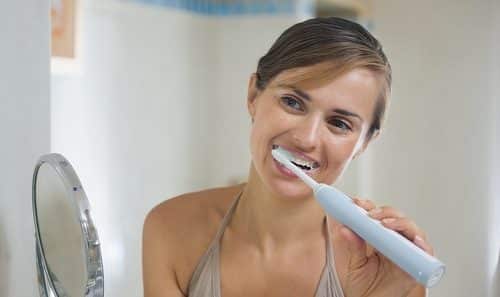
Electric Toothbrush: How do you choose?
Since the introduction of the power toothbrush in the 1960s, this tool has undergone many technological…
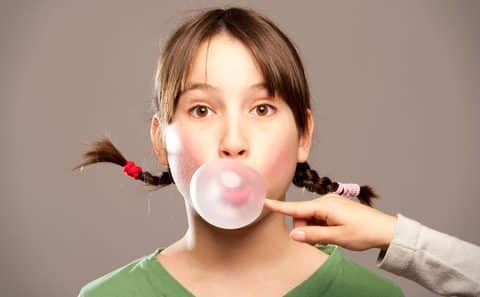
Getting to the Bottom of Chewing Gum Myths
It’s a moment many of our patients have experienced. One second you’re chewing on a piece…

Summer Smiles
The “Back to School” ads are out already? Halloween candy’s showing up in stores? Just a…

Five “Don’ts” When You Wear Aligners
Choosing clear aligners was a great decision on your part! Straight teeth and a healthy bite?…
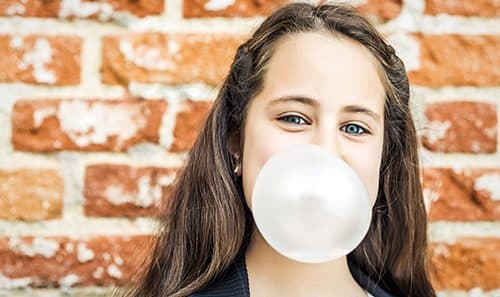
When It Come to Chewing Gum, Be Choosy!
Why do you chew gum? Perhaps because it’s a habit that comes with some healthy benefits….
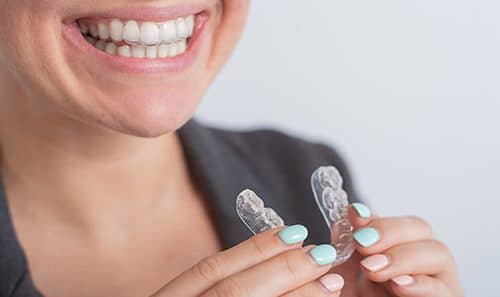
Which Retainer is Right for You?
Brackets and wires, clear aligners, lingual braces, regular brackets, self-ligating braces, elastics, spacers—you and your orthodontist…
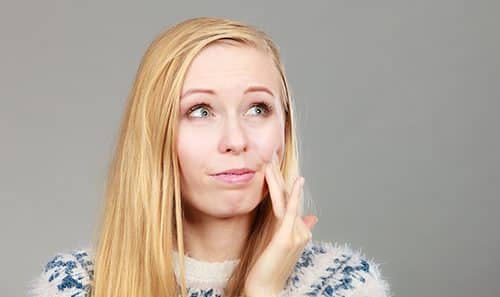
The Truth about TMJ
TMJ is the quick way of referring to your Temporomandibular Joint. Pardon the pun, but that’s…
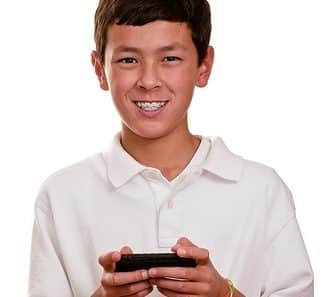
Are braces right for me?
According to Preferred Consumer, it’s estimated that 50 percent of people around the world have teeth…
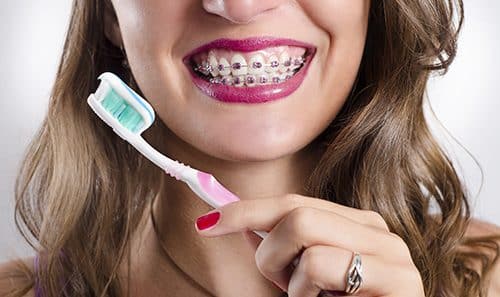
The Best Brush of the Day
Imagine that you’re only going to brush your teeth once tomorrow. Don’t worry, we know you…


